I had a professional gait analysis and here’s what I learned–Part 2
Here are some of the metrics of greatest importance to recreational marathoners
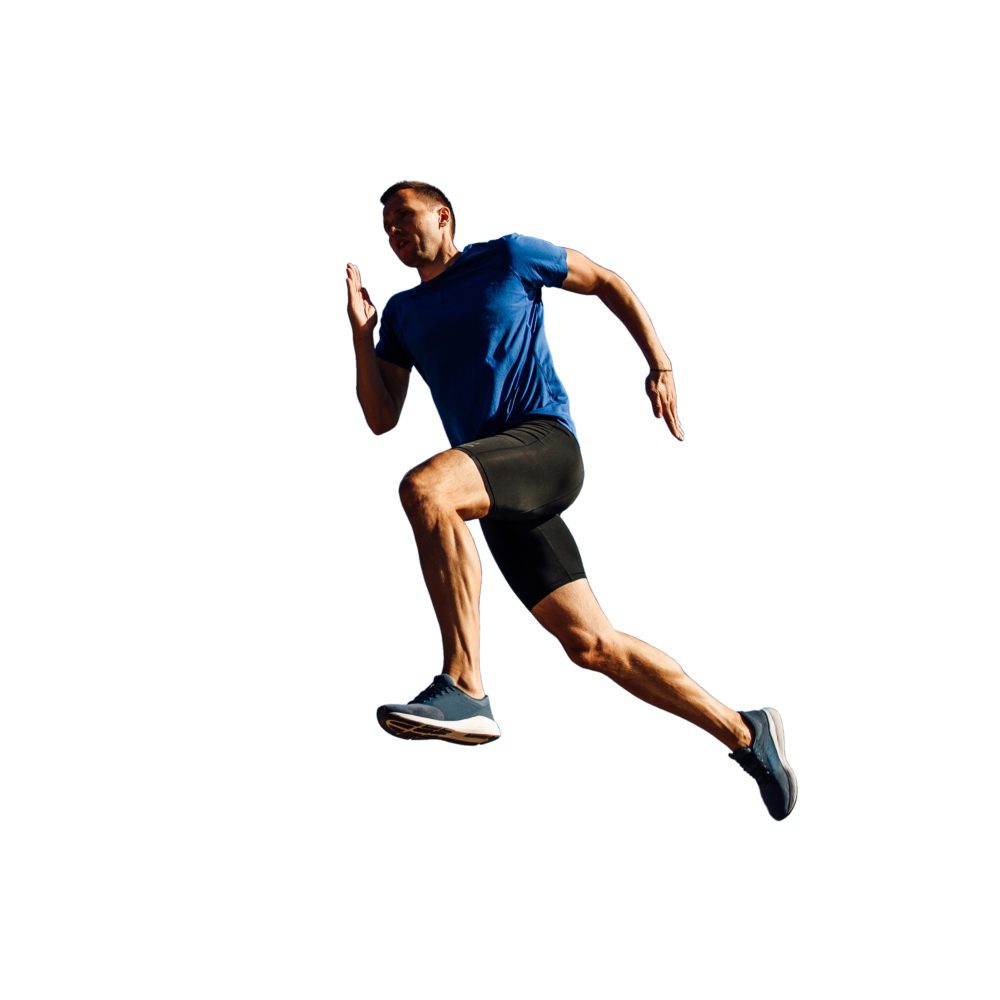
A professional gait analysis costs about as much as a decent pair of running shoes, but it can give you valuable information about your footstrike, running stride and biomechanics that can help you take the appropriate steps to minimize your risk of injury.
I recently had a gait analysis done using foot pods manufactured by the California-based company Runscribe, with the results interpreted by Calgary-based running gait analyst and running strength coach Malc Kent of Runfisix. I wore them for several runs, mailed them back, and received a detailed report.
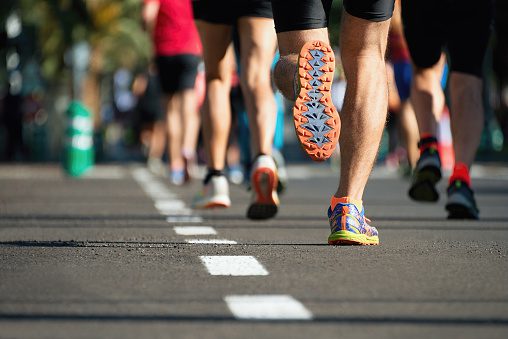
RELATED: I had a professional gait analysis and here’s what I learned–Part 1
Some background: I am a female recreational marathoner in my mid-fifties who’s been running for 16 years and training for the marathon for two years (I’ve run five marathons). I typically run five times a week, around 40K to 65K per week. I don’t currently have any injuries, except for a sore right knee, which I’ve had for at least six months, and which does not prevent me from running.
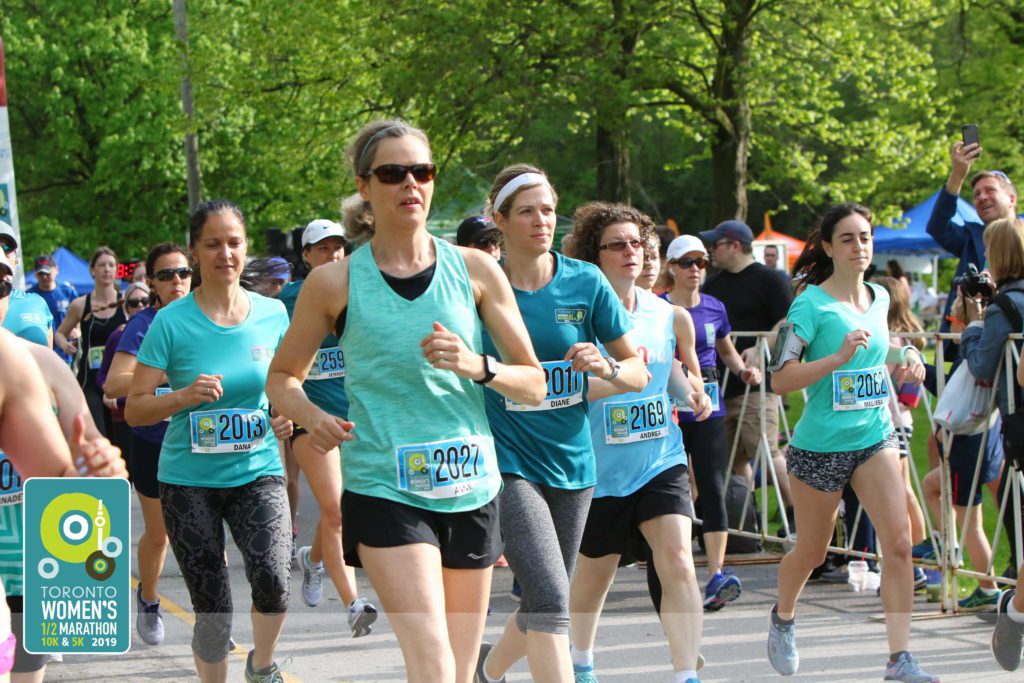
After looking at the data from each run, Kent generally chooses the four to eight most representative runs and formulates a report for each. Here’s one of the reports I received, from a 5K race:
Pace: 4:53 min/km
Cadence: 174 spm
Vertical Displacement: 8.2 cm
Bulk Power: 247 W
Stride Length: 2.34 m
Leg Spring Stiffness: 4.5 kN/m
Loading Rate: 7.8 N/kg/s
| Metric | Unit | Left Side | Right Side | % Asymm | Interpretation |
| Ground reaction force | N | 1734 | 1726 | 0 | Low |
| Ground contact time | ms | 372 | 350 | 6 | Low |
| Flight ratio | % | 5 | 4 | 20 | Moderate |
| Impact acceleration | G | 12.4 | 12.3 | 1 | Low |
| Braking acceleration | G | 9.6 | 9.5 | 1 | Low |
| Foot strike type | # | 8.0 | 8.3 | 4 | Low |
| Pronation excursion | 0 | 6.2 | 4.1 | 34 | High |
| Pronation velocity | 0/s | 463 | 358 | 23 | High |
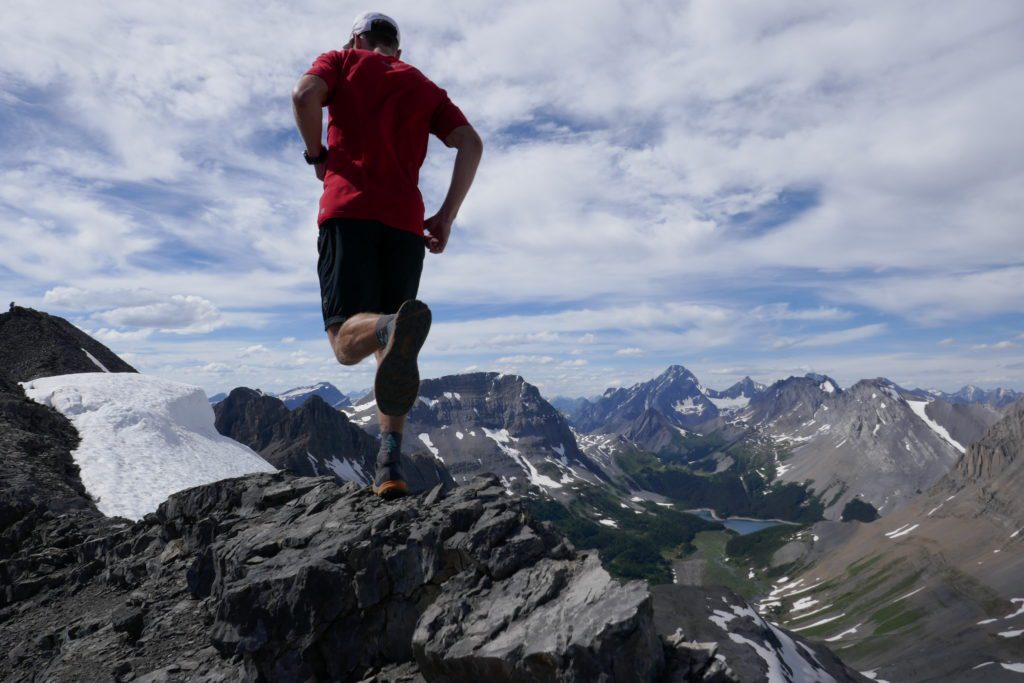
RELATED: New advancements in gait analysis can take your running to the next level
And here is the data from a much slower run on the same day, as I jogged about 8K home after the race:
Pace: 6:48 min/km
Cadence: 168 spm
Vertical Displacement: 6.2 cm
Bulk Power: 182 W
Stride Length: 1.74 m
Leg Spring Stiffness: 6.3 kN/m
Loading Rate: 26.2 N/kg/s
| Metric | Unit | Left Side | Right Side | % Asymm | Interpretation |
| Ground reaction force | N | 1345 | 1346 | 0 | Low |
| Ground contact time | ms | 374 | 383 | 2 | Low |
| Flight ratio | % | 1 | 0 | 100 | N/A |
| Impact acceleration | G | 10.5 | 10.5 | 0 | Low |
| Braking acceleration | G | 8.9 | 8.7 | 2 | Low |
| Foot strike type | # | 8.4 | 8.0 | 5 | Low |
| Pronation excursion | 0 | 2.1 | 3.4 | 38 | High |
| Pronation velocity | 0/s | 364 | 303 | 17 | Moderate |
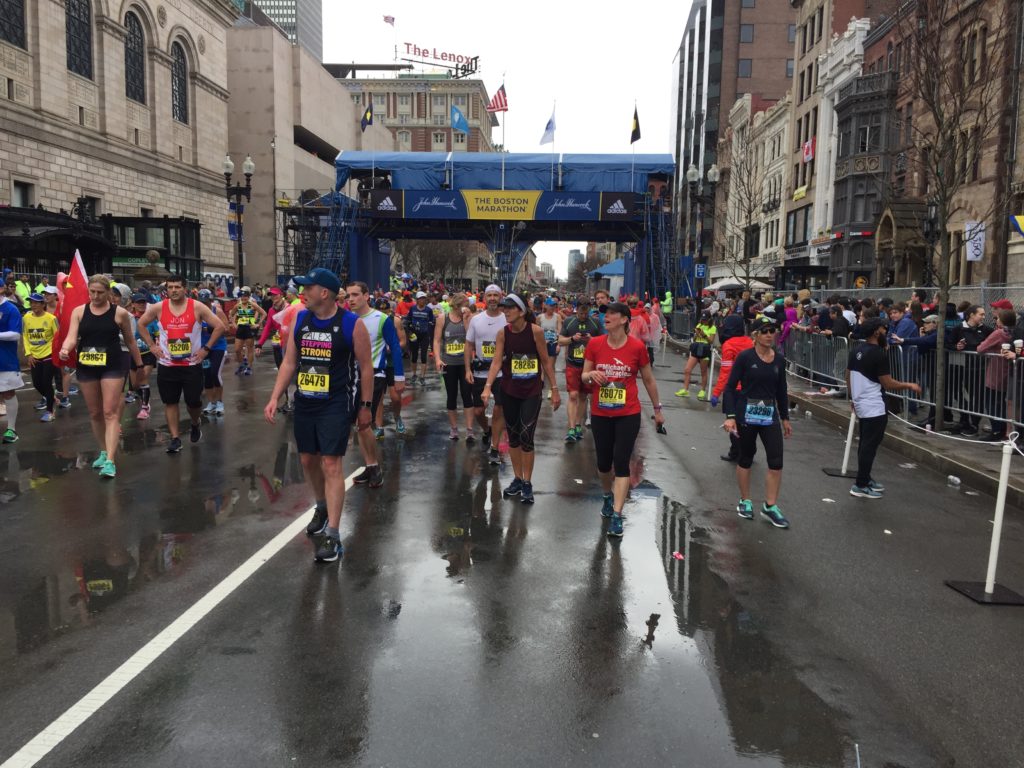
Kent pointed out that some of these metrics (and their symmetry) provide important feedback about whether it’s safe for a runner to run (or whether they should see a health professional), and some, such as bulk power, leg spring stiffness and load rate, are of more academic or performance interest to the analyst.
Cadence
“Cadence (step rate) is the first line of defence against injury,” says Kent, which means that taking more frequent steps can be highly protective. Ideally, most runners should be taking at least 170 to 172 steps per minute (SPM), which you can also measure with your GPS watch. If you’re taking fewer than, say, 165 steps per minute, you could be prone to injury. Kent points out that cadence is commonly dependent on pace, i.e. you will take fewer steps when running slowly. And in many cases a runner’s cadence will also generally be slower on a treadmill than outdoors.
In this run, my cadence was 174 steps per minute, but I averaged only 168 SPM over the runs analyzed, which is a bit low. More on that below, under stride length.
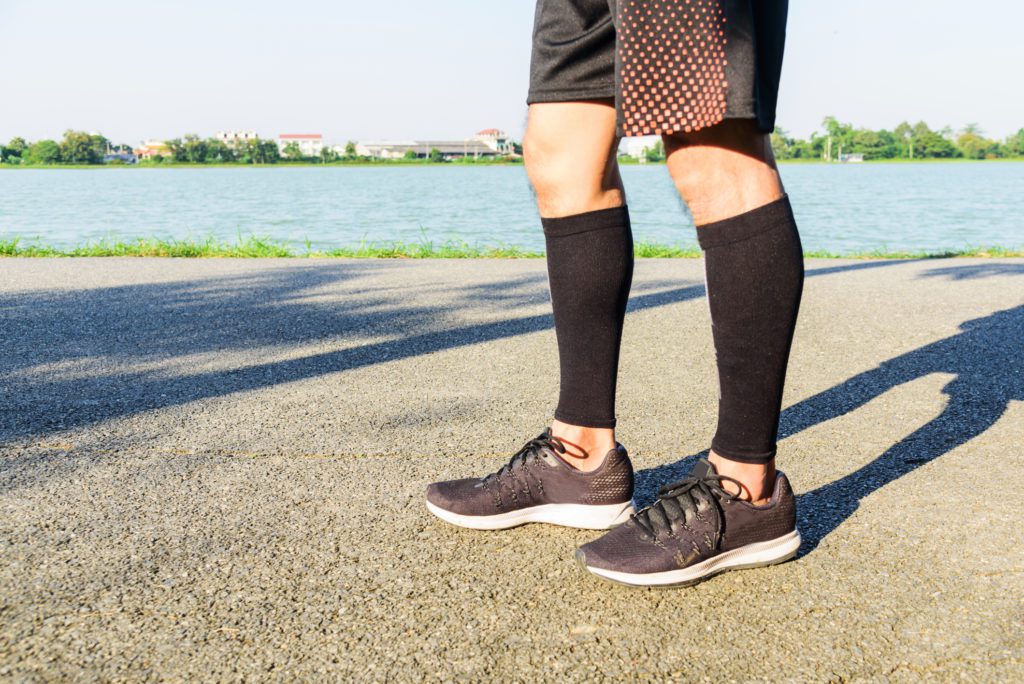
Vertical displacement
Vertical displacement refers to how much you bounce up and down (measured in centimetres) with each step. If your vertical displacement is greater than, say, 12 cm for many runners, you’re probably wasting energy moving up and down instead of forward.
Stride length, ground contact time, flight ratio
Your stride length has a bearing on your efficiency and performance, in that the longer your stride (measured in metres), the more time you’ll spend “in flight.” As a general rule of thumb you want to minimize your ground contact time (measured in milliseconds) and maximize your flight time for efficient running.
As Kent explained to me, my ground contact times are quite long, and my flight ratio (the ratio of flight time to ground contact time) is low. (Flight ratio, like cadence, is pace-dependent, but mine is low at both slow and fast paces.) The solution for me is to increase my cadence and hence minimize my ground contact time.
Kent noted also that highly trained elite runners maximize their flight time by tucking the back foot behind the knee until the last possible millisecond, then release the foot ready for contact very late in flight. This gives them an elongated stride with the best flight ratio.
However, runners should also be careful not to overstride, which can potentially lead to injury.
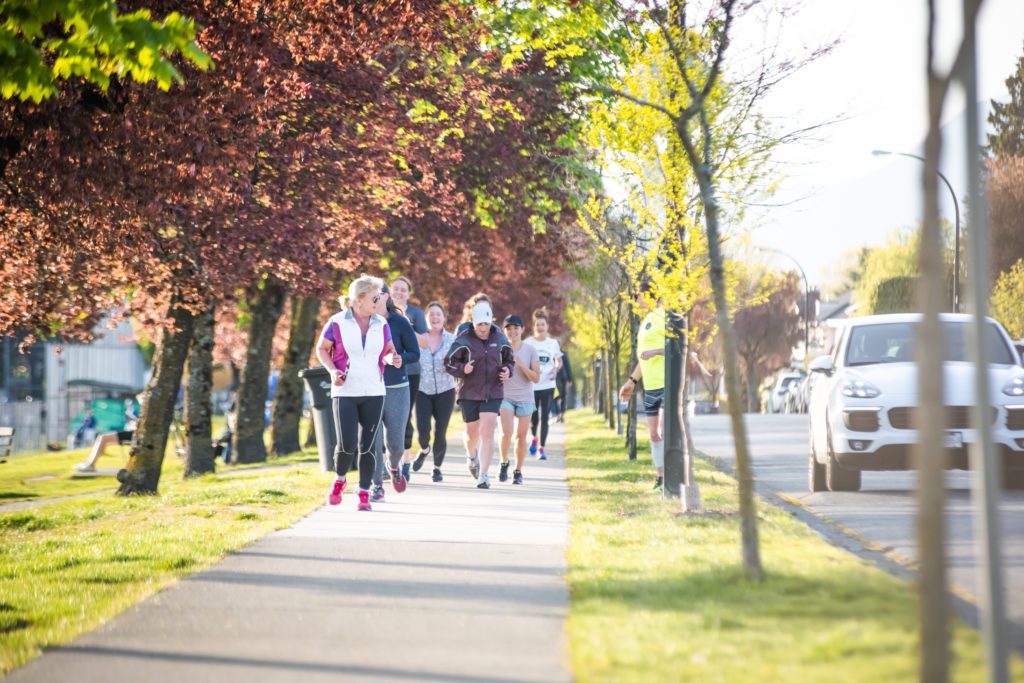
Impact acceleration
Impact acceleration, related to initial foot strike characteristics, can serve as an indirect indicator of how well the hips are working. Many runners show an imbalance between the left and right hip, creating differences in how their hips are controlled and their stability when weight bearing on each side. Good news for me–my hips are stable and well balanced, with almost identical values for left and right in each of my runs, and corroborated by the video Kent asked me to provide (shot on a treadmill).
So if you’re not sure of the value of core work, here’s the evidence.) I do a lot of planks, and Kent said it was obvious from my results (yay!). I also no longer have pain in one hip towards the end of my long runs, since I started going to the gym a year and a half ago. Kent also emphasized that even very fast elite runners have highly personalized running mechanics and areas of relative strength and weakness.
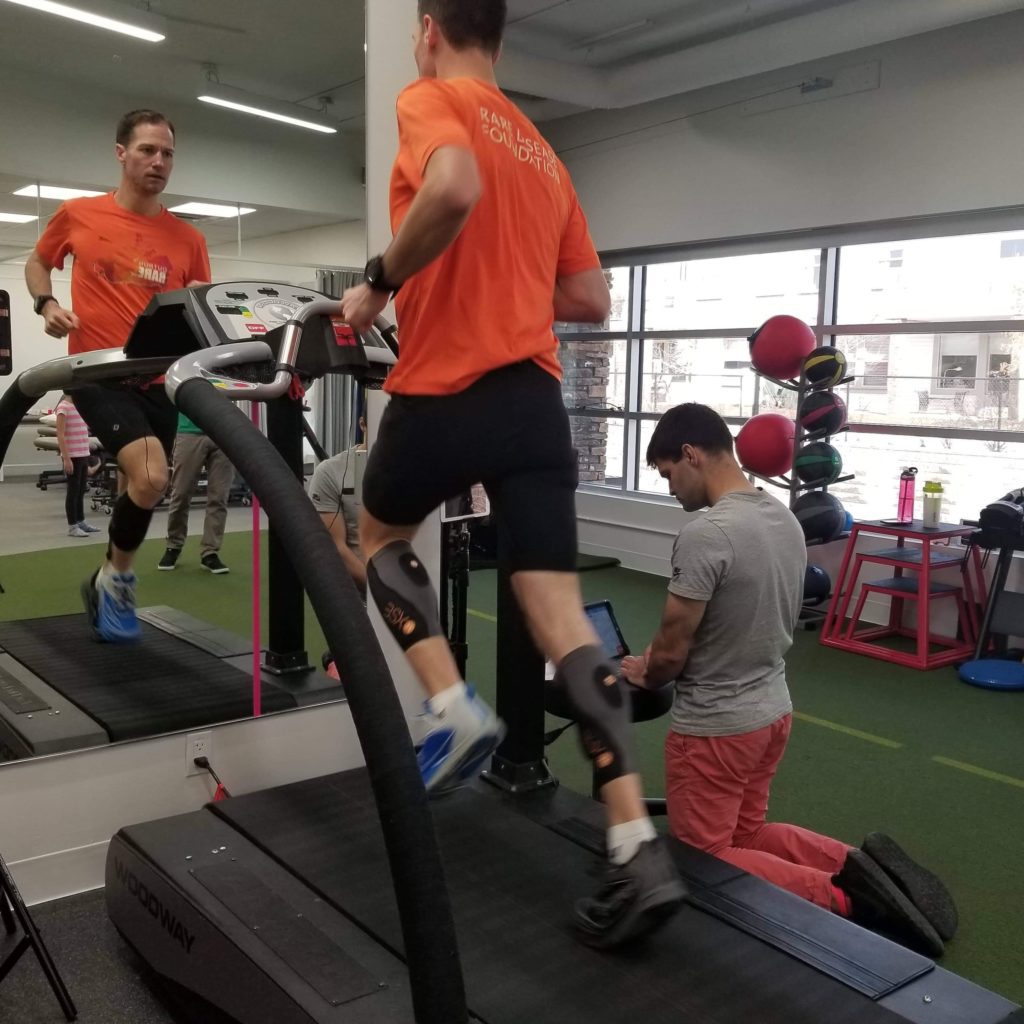
Braking acceleration
Values for braking acceleration will be high if a person is an overstriding heel-striker, for example. You want your impact acceleration value to be slightly higher than your braking value (as mine is–more good news); if it’s lower, you’re likely running inefficiently and potentially overstriding.
Pronation excursion
This refers to the number of degrees your foot and ankle roll from the initial upright position to the most inwardly inclined position. An angle of 10 to 20 degrees is normal. Many runners overpronate, which means they roll from the outside to the inside of their foot to a degree that results in an inefficient stride, and which is the main reason we have stability shoes.
My numbers are well below 10, which means that I roll very little from the outside to the inside of my foot as I run–too little, in fact, to provide good shock absorption. This indicates a lack of ankle mobility (which I knew). The good news is that my numbers are fairly equal on both sides, so at least my left and right ankles are stiff to a similar degree. (Runners recovering from an ankle sprain, for example, will often show quite different numbers on each side.)
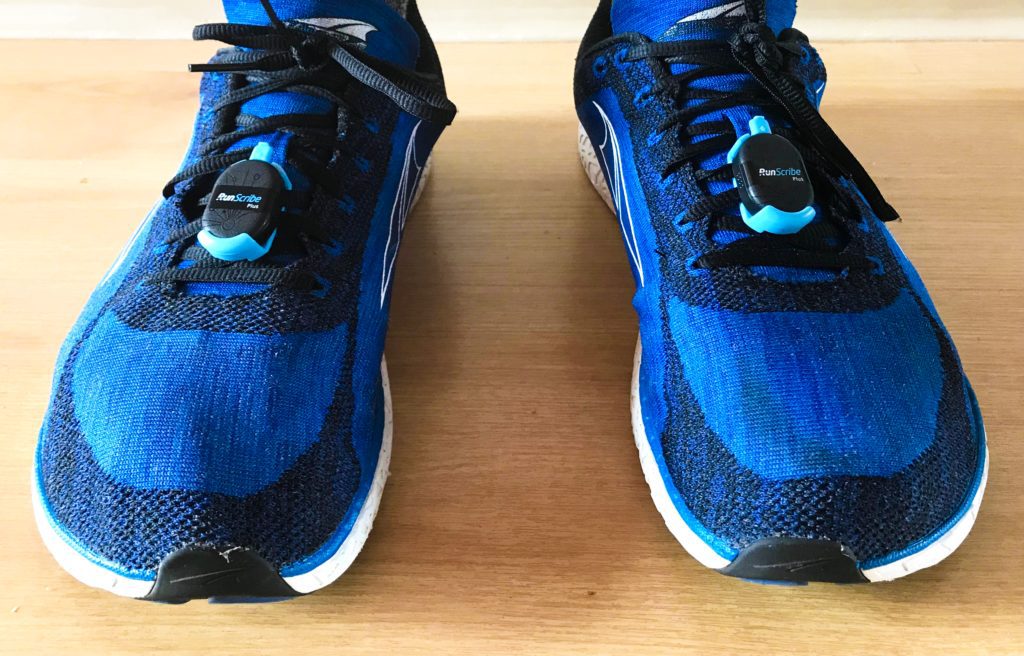
The potential risk from limited ankle mobility is injuries such as shin splints and calf soreness, since my low ankle mobility means my legs must absorb more impact than they would if I showed more range of motion in my ankles. Kent recommended exercises to increase ankle mobility, plus running on smooth but softer surfaces like non-technical trails and treadmills.
RELATED: Ankle mobility for injury prevention
Finally, from the video I supplied, Kent observed that I run with a very upright posture, likely indicating some stiffness in my back, reducing my energy efficiency and possibly leading to future back pain. A slightly more relaxed posture and forward lean from the ankles would make my form more efficient–something that’s relatively easy to correct with qualified help to relax the key back muscles and adjust form.


